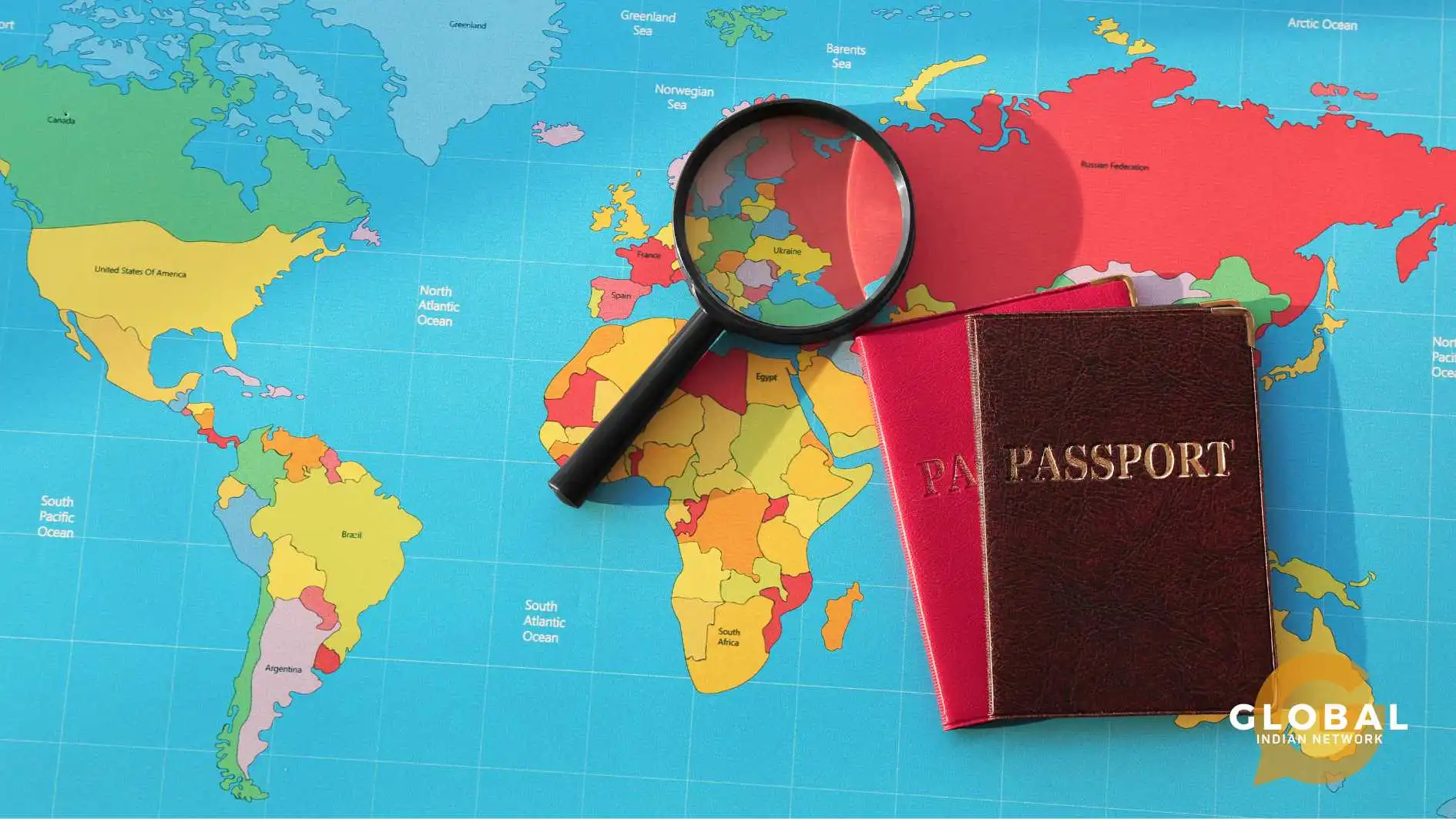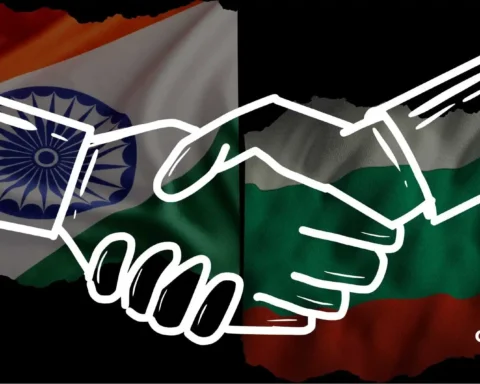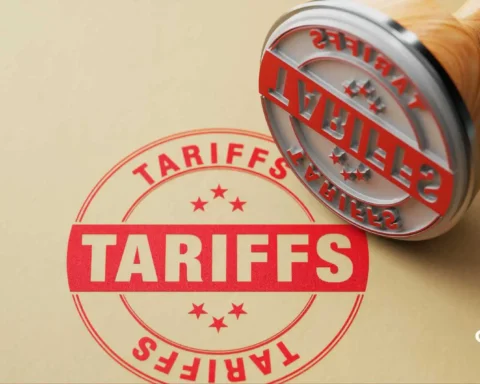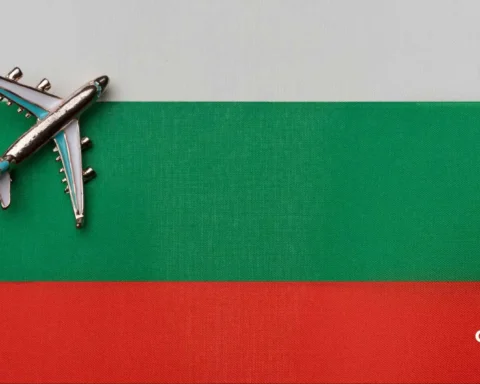Global Indians, the largest in the world today, reflect India’s growing global influence, rich cultural heritage, and extensive economic ties. The global Indian community now comprises 35.4 million people scattered around the world, according to the latest figures made available by Minister of State for External Affairs Pabitra Margherita in the Lok Sabha.
The global Indian community comprises 15.9 million Non-Resident Indians (NRIs) — Indian passport holders who reside outside the country — and 19.5 million Persons of Indian Origin (PIOs) who hold foreign citizenship. It represents a dynamic chain of individuals and families who remain cultural ambassadors and economic players, further cementing India’s links with the rest of the world. From business and learning to remittances and inventions, the diaspora effect is far-reaching and embedded.

A Global Presence Across Continents
Indians have left their imprint on every continent—from the financial hubs of North America to the cosmopolitan cities of the Gulf and the historically significant areas of Southeast Asia and Africa. The countries with the highest percentage of persons of Indian origin are the United States, the United Arab Emirates (UAE), and Malaysia.
The United States is home to the largest global Indian community, around 5.4 million Indians. Many of them are high achievers in technology, education, healthcare, and politics. Indian Americans have ascended to positions of influence — from CEOs of Fortune 500 firms to lawmakers who set policy. The nation also continues to draw Indian students in vast numbers, further growing the community’s presence and potential.
Then there is the United Arab Emirates, home to 3.55 million Indians. Working mostly in industries like construction, healthcare, and services, Indians are the backbone of the workforce in urban centres like Dubai, Abu Dhabi, and Sharjah. The UAE government has recognized the Indian community‘s contribution to its bilateral interactions with India and to the close business ties between the two nations.
Malaysia, with 2.9 million Indians, has a global Indian community of Tamil origin, tracing its origins to British colonial migration. The diaspora forms a critical part of Malaysia’s education system, political scene, and business arena.
Several other nations have large Indian communities, such as Canada (2.8 million), Saudi Arabia (2.5 million), Myanmar (2 million), the United Kingdom (1.8 million), South Africa (1.7 million), Sri Lanka (1.6 million), and Kuwait (1 million). The history and socio-economic ties of each of these groups with India are a function of trade, labour migration, or colonial histories.
Economic Engines: The Role of Remittances and Trade
The most concrete contribution of the global Indian community is through remittances. The Ministry of External Affairs says that the diaspora contributes to the Indian economy through frequent financial remittances to kin and investments in India. Such funds sustain millions of families, feed India’s foreign exchange reserves, and are, therefore, an essential part of national income.
Besides, diaspora enterprises have established new corridors of trade and investment. Most Indian business people overseas have close business relationships with India, generating a two-way street of opportunity and collaboration. From the booming tech start-ups in Silicon Valley to retail and real estate enterprises in the Gulf, Indian-origin business leaders are shaping global markets as well as Indian exports and services.

Cultural Connectors and Soft Power
Apart from economics, the global Indian community is also a potent tool for soft power. Indian culture is universally celebrated through festivals, food, films, and literature — from Diwali festivals in London to yoga classes in New York and Bollywood film showings in Kuala Lumpur. This cultural diplomacy creates deeper people-to-people connections and enhances India’s international image as a diverse, open, and vibrant country.
India has also taken the initiative to consolidate its interactions with its foreign communities. Minister Margherita highlighted that the Indian government has made a “transformational change” in the way it engages with the diaspora. Events such as the Pravasi Bhartiya Divas, consular outreach programs, and dual citizenship and investment policies are meant to revitalize the relationship between India and overseas Indians.
A Bridge to the Future
As the global Indian community expands in numbers and reach, it becomes essential for India to interact strategically with this global community. Their skills, economic value, and political influence make them precious assets in India’s development process.
Minister Margherita correctly asserted, “A prosperous, successful, and influential diaspora is an asset. India has a lot to gain from leveraging its diaspora networks and productive deployment of the soft power derived from having such a thriving diaspora.”
In today’s globalized world, where diplomacy, commerce, and culture intersect more than ever before, the global Indian community is one of India’s greatest assets—a living bridge connecting the subcontinent with the world.










